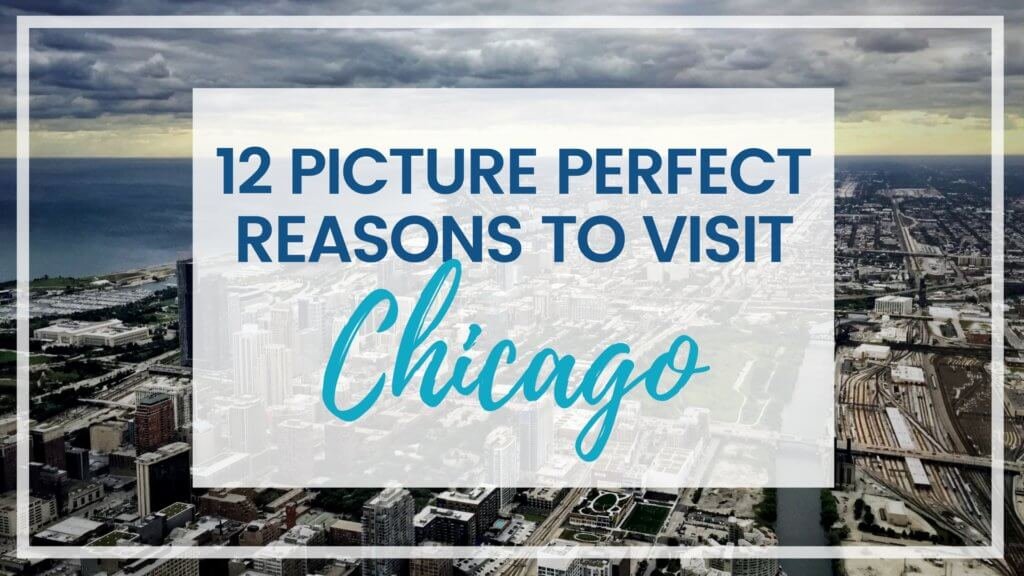Dubai has stunning architecture and pristine beaches never fail to captivate visitors.
The contrast between the glistening structure’s natural setting in the desert and its technological prowess is striking.
We hope you like this tribute to Dubai, one of the world’s most recognizable cities, where several of our team members currently reside.
The Concrete and Steel Metropolis of Dubai
Only a few decades ago, when Dubai was merely a small fishing village on the edge of the Arabian Gulf, few people could have thought it would become home to one of the world’s highest structures.
But, since the 828m-high Burj Khalifa completed in 2010, the city’s skyline has seen more and more striking constructions make their mark – from the twisting Cayan Tower in Dubai Marina to the dual points of the Emirates Towers in the financial sector.
The Burj Al Arab, another world-famous structure, welcomed its first visitors just a few months before the gleaming Burj Khalifa.
Its stunningly futuristic design, which mimics the shape of a ship’s sail, is reminiscent of the traditional dhows that once sailed the Gulf, delivering goods to faraway regions.
Dubai’s new marvels, which will soon include the breathtaking Dubai Creek Tower (a towering 1,300m in height), offer an ever-changing view, best seen from any of the city’s many observation decks, sky-high restaurants, and bars.
Watch as these marvelous works of construction appear out of the dawn mists, glisten in the midday light, and transform into dazzling nighttime landmarks.
Heritage in the Atmosphere
At the feet of the sky-piercing structures, Dubai is scattered with a number of chic urban spaces that explore the city’s creative side; from the inspiring public art installations and studios of Dubai Design District to Alserkal Avenue’s light-filled galleries and buzzing cafes, and the street art-strewn Dubai Walls.
Modernist glass and steel buildings aren’t the only option.
The historic façade of a previous Dubai sit resplendent in their own atmospheric splendor.
Like the Dubai Museum, housed in the 18th-century Al Fahidi Fort, which offers a fascinating glimpse into the lives of the people who have made the desert home over the previous four millennia.
Next door, tourists can see what appears to be a part of the historic Wall of Dubai, which dates back to the 19th century.
In the nearby ancient neighborhood, a trip through the twisting alleyways reveals sand-colored homes with wind towers, a centuries-old method of keeping interiors cool during the city’s hot summer months.
Meanwhile, the formerly sought-after residential address among the reigning sheiks — Shindagha – is being tenderly restored to its former splendour.
As well as retaining much of the city’s cultural past, its location on Dubai Creek ensures the attractive coral-hued buildings elegantly compliment the glittering cerulean seas of the Gulf.
Waters That Sparkle
The shimmering waves of the Gulf provide Dubai with its expansive skies and wonderful sensation of light.
Transportation by water is also important, whether one is sailing along the coast or taking the traditional wooden abra over Dubai Creek.
Surrounded by shifting sand dunes, News Dubai has yet burst into life thanks in large part to the role water has played in keeping the local flora and fauna alive.
Safa Park’s well-kept lawns and boating lake are shaded by towering palm trees, while the majestic herons and salmon-pink flamingos of Ras al Khor Wildlife Sanctuary make an annual pilgrimage to the area’s wetlands.
There is also the horticultural brilliance of Dubai Miracle Garden, which boasts 250 million plants that have been lovingly cultivated to form an ocean of vibrant flower beds and walkways.
Dubai is a remarkable metropolis that exemplifies the power of human ingenuity and the beauty of natural surroundings to coexist in harmony to produce something truly remarkable.



